The EM Drive, NASA’s ‘Impossible Engine,’ Highlights Our Greatest Failing

Wanting to believe in the impossible can be far worse than keeping an open mind.
“No man is so foolish but he may sometimes give another good counsel, and no man so wise that he may not easily err if he takes no other counsel than his own. He that is taught only by himself has a fool for a master.”
–Hunter S. Thompson
We like to think, as human beings, if we can only keep an open mind, that anything is possible. That if we put our minds to it, buckle down and do our research and apply ourselves 100%, we can not only understand what’s going on as well as any expert, but that we ourselves can make valuable contributions to whatever field we’re interested in. We think this about ourselves when it comes to energy, the environment, health and medicine, and even physics and mathematics.
Yet simultaneously, we’re also aware of the years — if not decades — of study that’s typically required in order to become a legitimate expert in any one of those fields. We know it’s difficult, even for the smartest and most talented among us, to make groundbreaking discoveries in a field we’ve spent our entire lives working on.
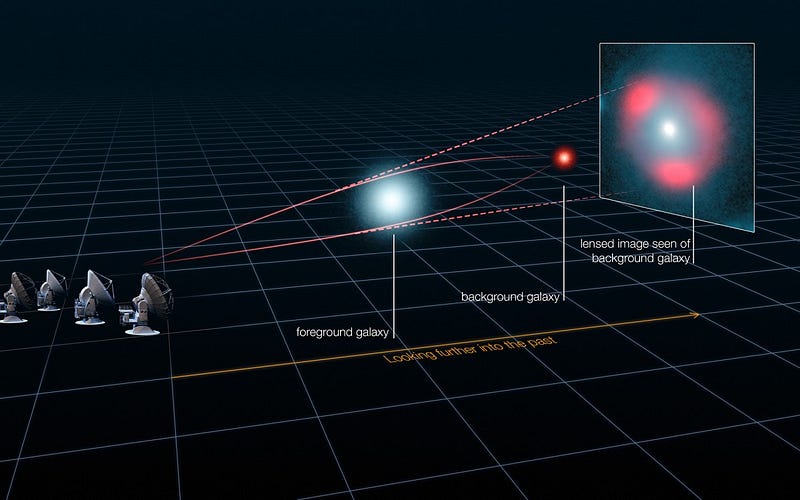
But there’s this romantic notion we all hang onto, nonetheless, that if some talented maverick with a novel perspective comes along, even without the proper background, they (or possible we, ourselves) can change the course of history forever.
This is the story we tell ourselves about a genius like Albert Einstein, whose general theory of relativity turns 100 this year. It’s the story we tell ourselves about Tesla, Edison , Faraday, Newton and more. We all know the danger of following the crowd, of a herd mentality, and of accepting what’s presently known in science as absolute, indisputable truth. And that’s why, when it comes to the biggest lies and hoaxes of all, it’s often the most intelligent among us who are the most gullible.
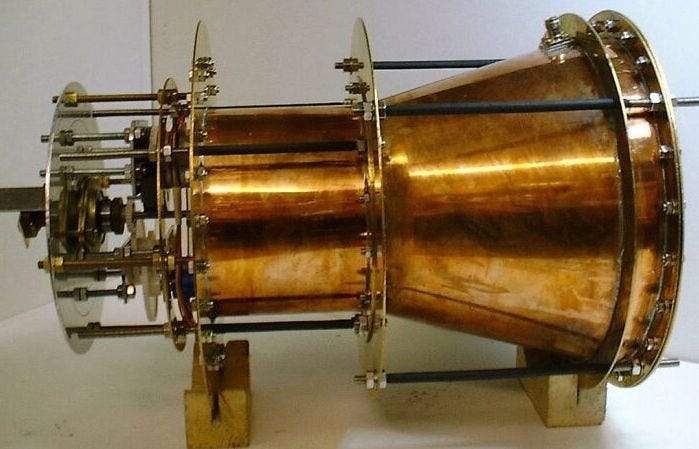
Have you heard of Cold Fusion, or the possibility of controlled nuclear transmutation at temperatures of only a few thousand degrees, rather than a few million?
Perhaps you’ve heard of “NASA impossible space engine,” the EM Drive, and how it provides thrust with no exhaust or emission, in an apparent violation of the laws of physics?
Maybe you’re enamored with the idea of zero-point energy, or the notion that we could extract usable energy from the quantum vacuum itself: from empty space?
Or, perhaps, you favor the notion of a perpetual motion machine, and believe that with just the proper construction — with the right innovation — this will be possible after all?
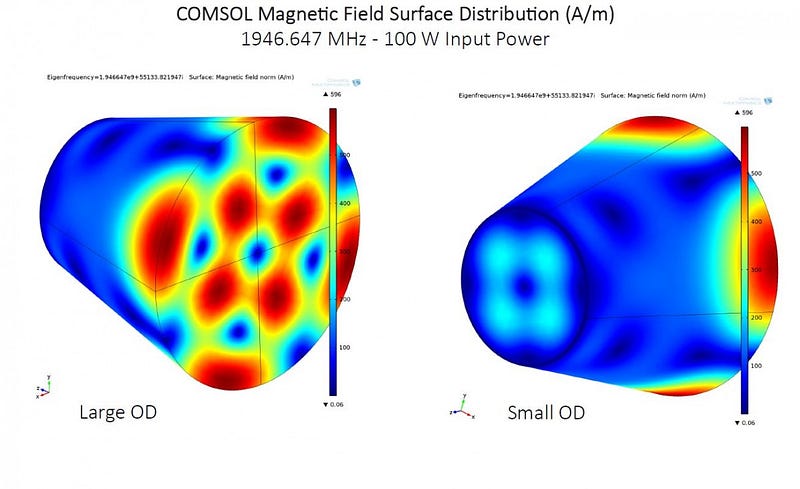
I won’t go as far as to say that all of this is impossible, but it is extraordinarily unlikely that any of this will pan out to be a part of our reality. The reason is that there are known, established physical laws that are not only obeyed, but that are a fundamental part of our understanding of the Universe.
Cold fusion — and hence, devices like the e-Cat — are almost certainly hoaxes due to their violation of the known laws (and well-studied phenomena) of electromagnetic and nuclear physics that have been established and are understood.
The EM Drive uses only conventional materials and reactions, and yet purports to violate the conservation of momentum, a cornerstone of both Einstein’s physics and of all quantum and classical theories.
Zero point energy and perpetual motion both violate the laws of thermodynamics and have generally been abandoned, yet occasionally an outrageous claim will come through and gain international attention, with headlines proclaiming that the laws of physics have been overturned.
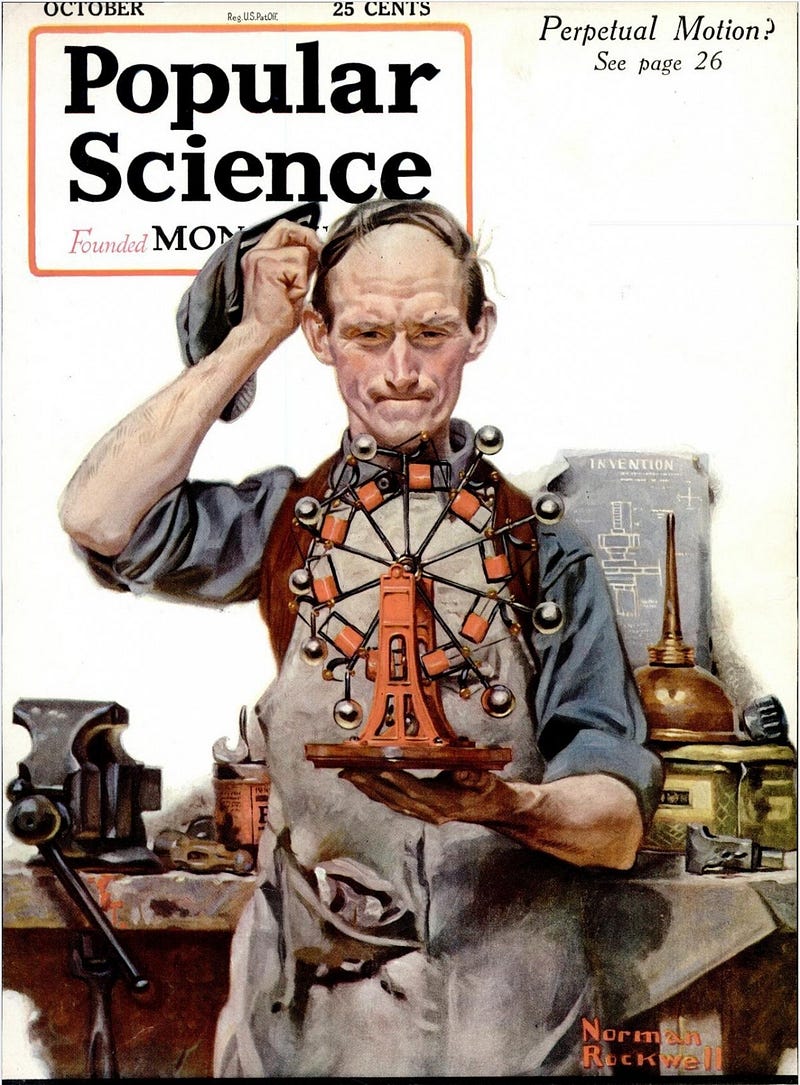
Despite the EM Drive undergoing repeated tests by multiple teams (of dubious credibility) that give only marginally positive results (thrusts of microNewtons) that are not only right at the sensitivity of the equipment measuring it, but that have not been able to be scaled up, it continues to fascinate many in the general public. Crappy science reporting and dubious results from the lab have been thoroughly twisted into the ultimate hype machine: the promise of free energy, of limitless propulsion and even of interstellar travel.
Just throw in a pretty picture and you’ve got the science story of the century, right?

Hardly. You’ve got non-experts fooling themselves and one another, and that’s all you’ve got. The reality is that those “maverick geniuses” we mentioned earlier — Einstein, Edison, Tesla, Faraday and Newton — alltrained for years or decades to reach the frontiers of their field before making progress; they were experts, not outsiders. When someone claims to be an “inventor” who has an invention that purports to defy the laws of physics, there are really only two possibilities:
- You are dealing with someone who has confused themselves by constructing something that they do not understand, and are essentially sending this device to others and saying, “what did I do, here?” This is a benign person, in the sense that they’re trying to do something good, they’re simply out of their depths.
- You are dealing with a scam artist, who’s deliberately trying to fool the general public, most often in an attempt to swindle large amounts of money, power and/or prestige out of a situation. This is not benign at all, but is predatory (and in many cases, criminal) behavior.
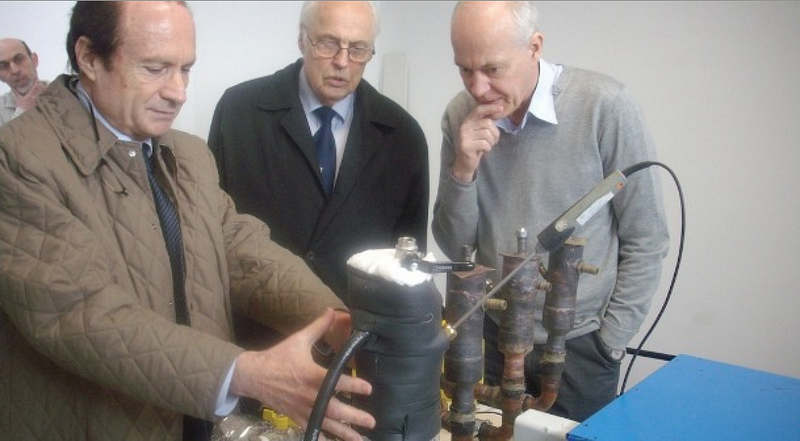
Our greatest failing is that we, ourselves, simply do not have the resources and capacities to become experts in everything, and yet we do not trust those who have done exactly that. The EM Drive, the e-Cat, and all sorts of other “scientific impossibilities” will continue to excite our passions and imaginations so long as we fail to appreciate and respect the enterprise of science itself, and the scientists who legitimately practice it. Until that day comes, you can either be skeptical, or you can fool yourself to your heart’s content. But if you choose the latter option, heed the warning that Richard Feynman put out more than a generation ago:
For a successful technology, reality must take precedence over public relations, for nature cannot be fooled.
Leave your comments on our forum, support Starts With A Bang! on Patreon, and pre-order our first book, Beyond The Galaxy, today!




